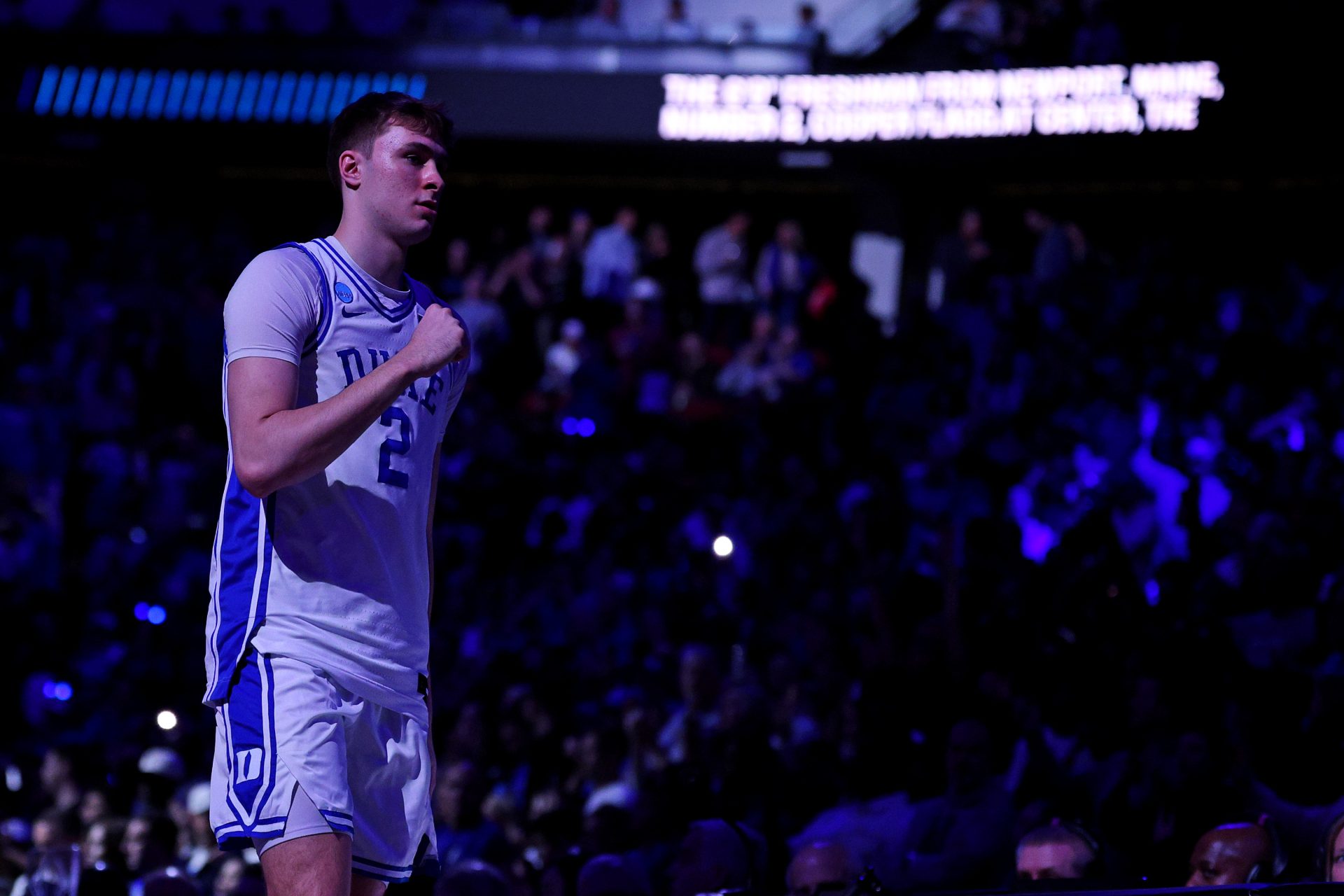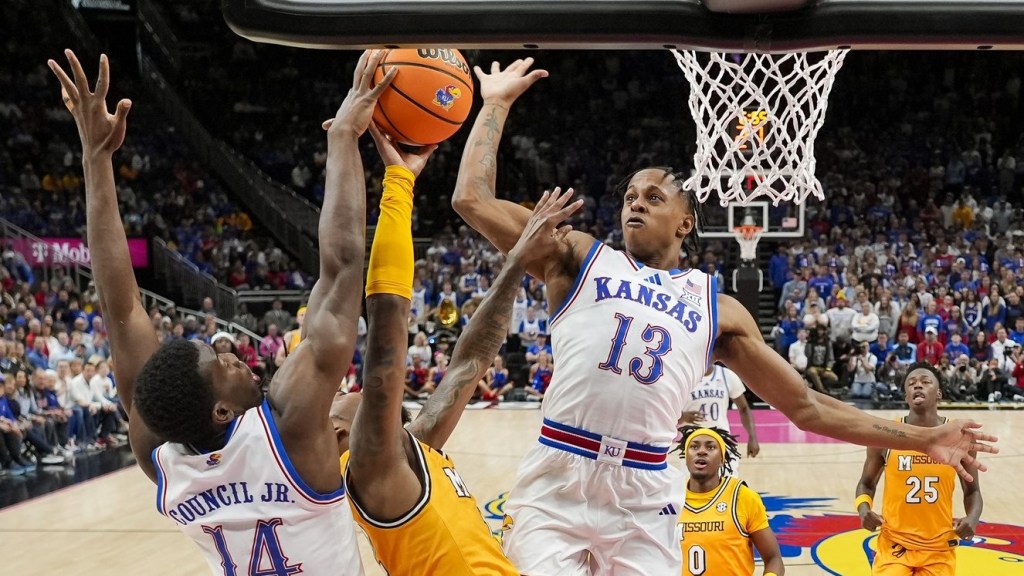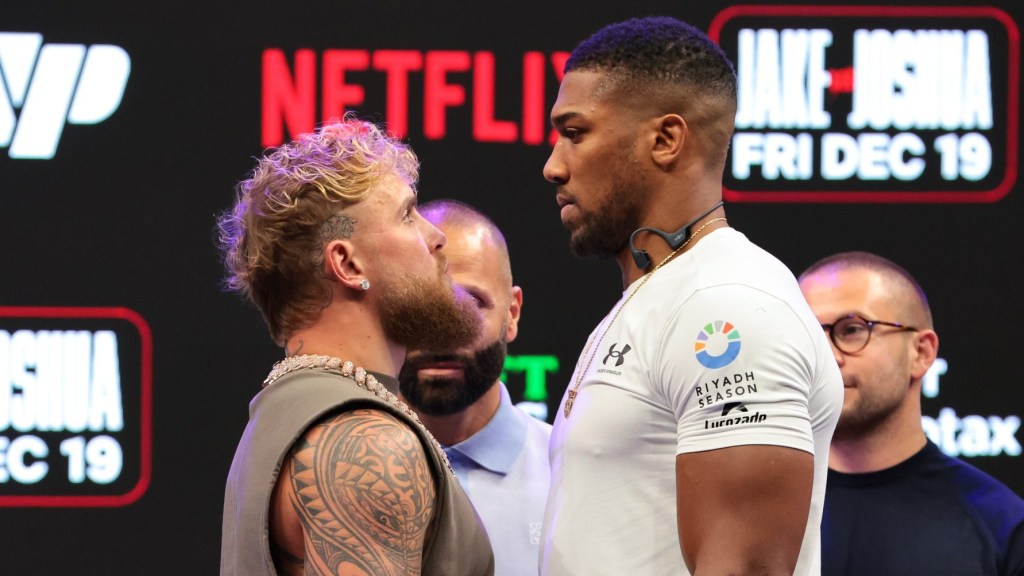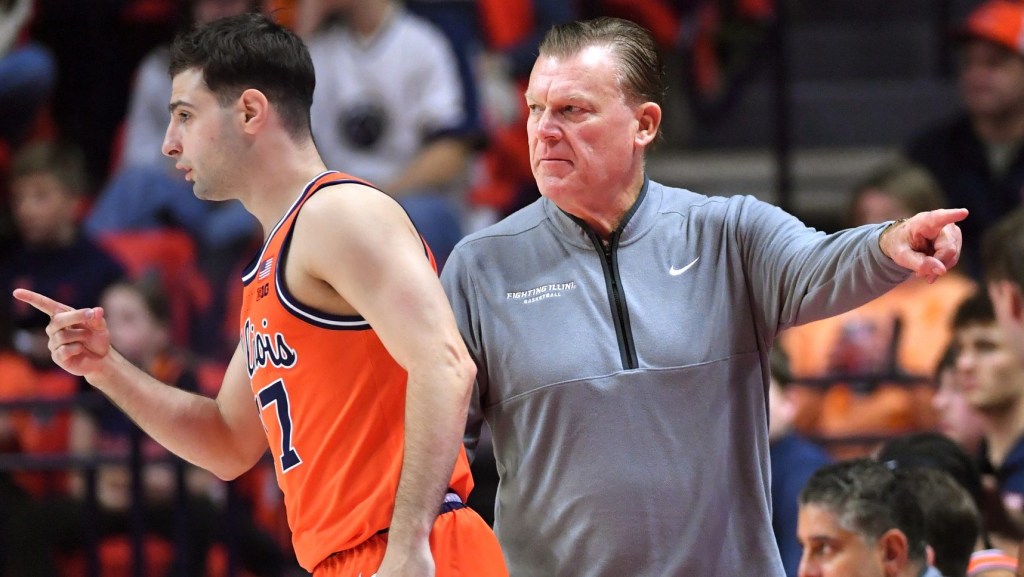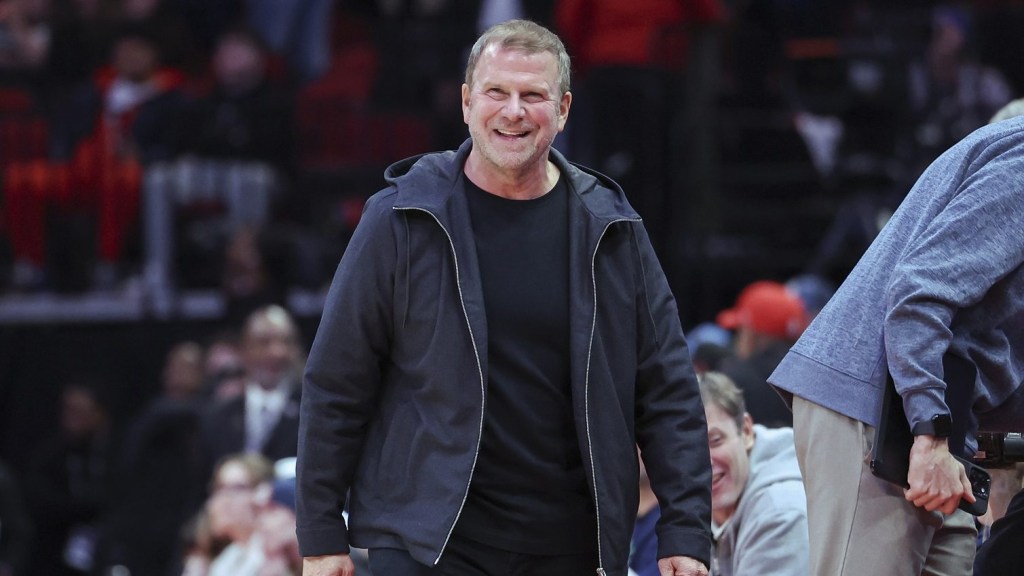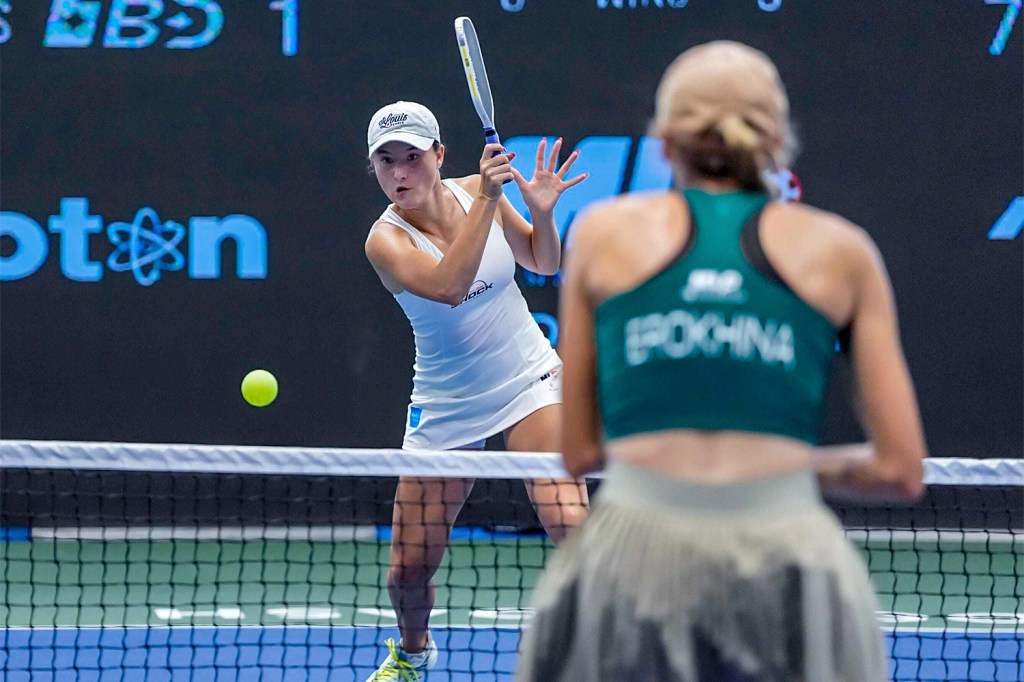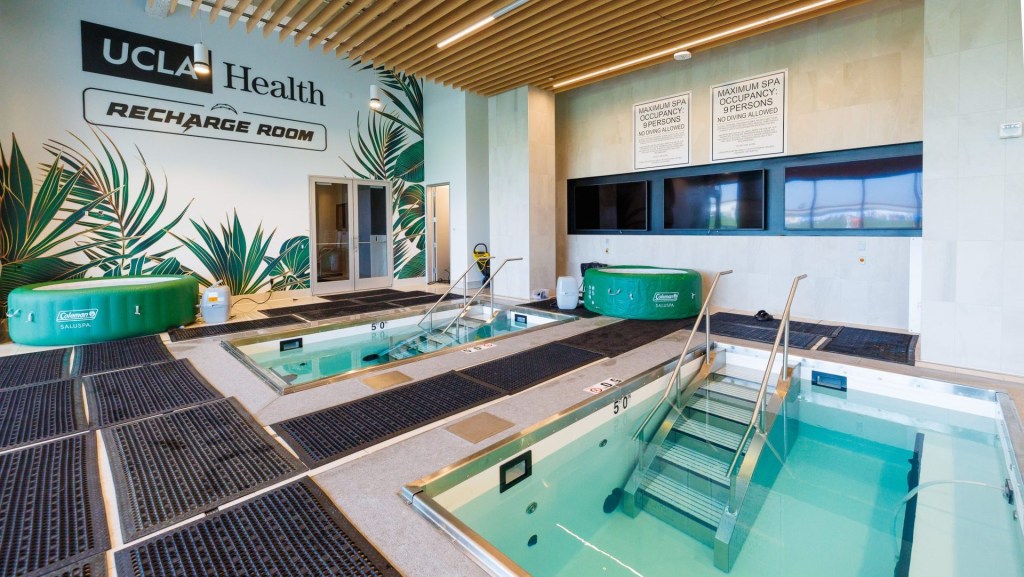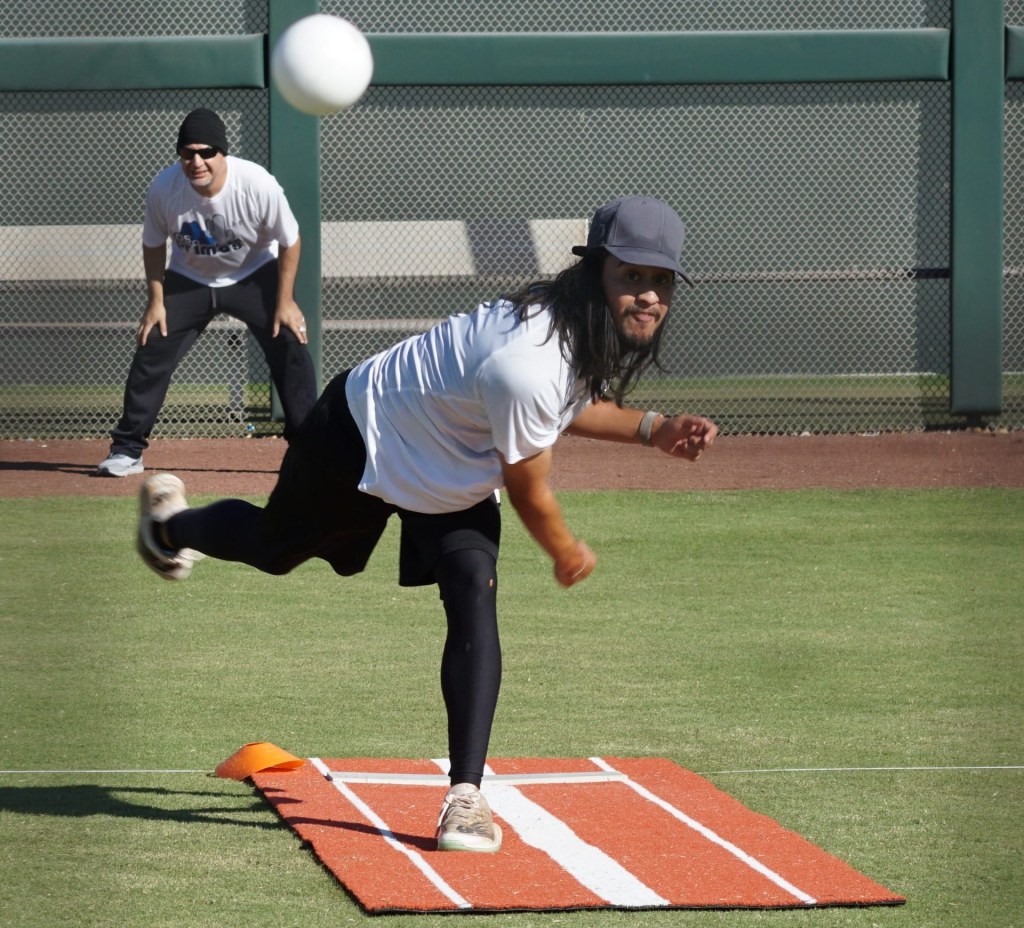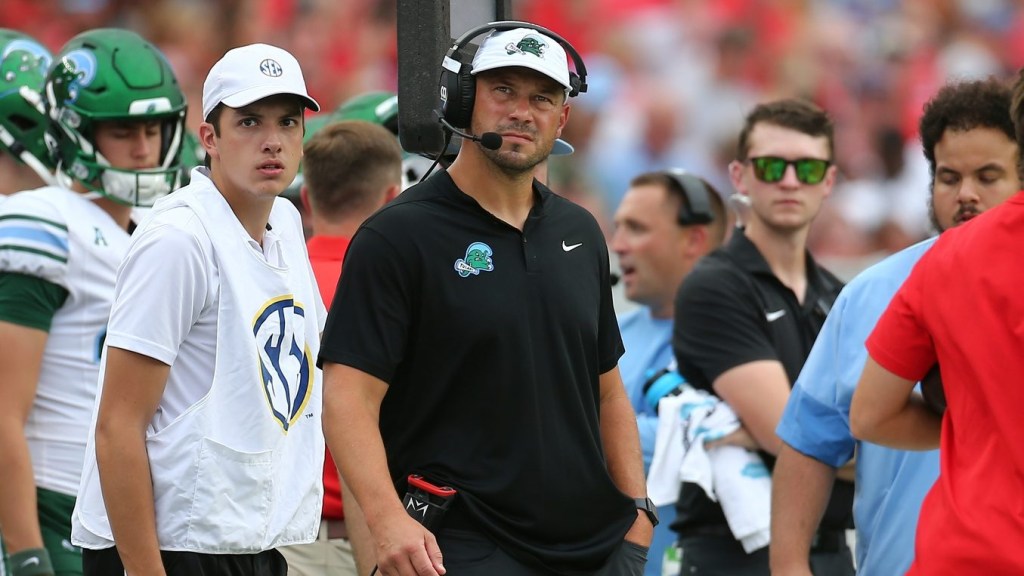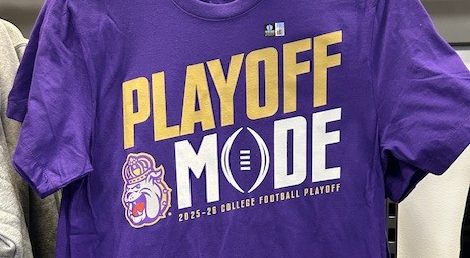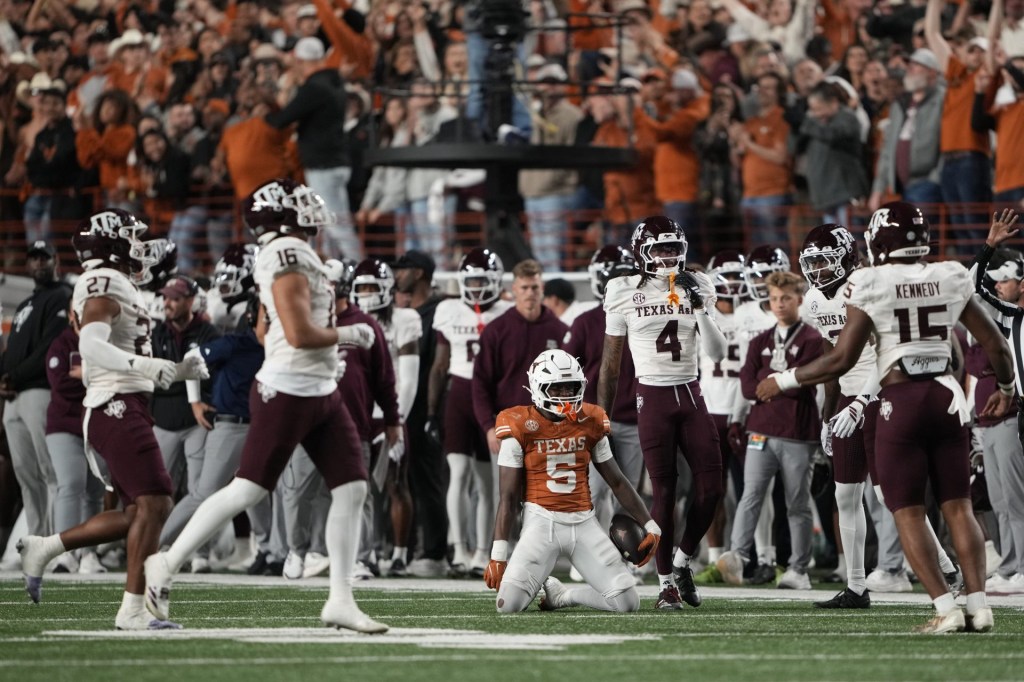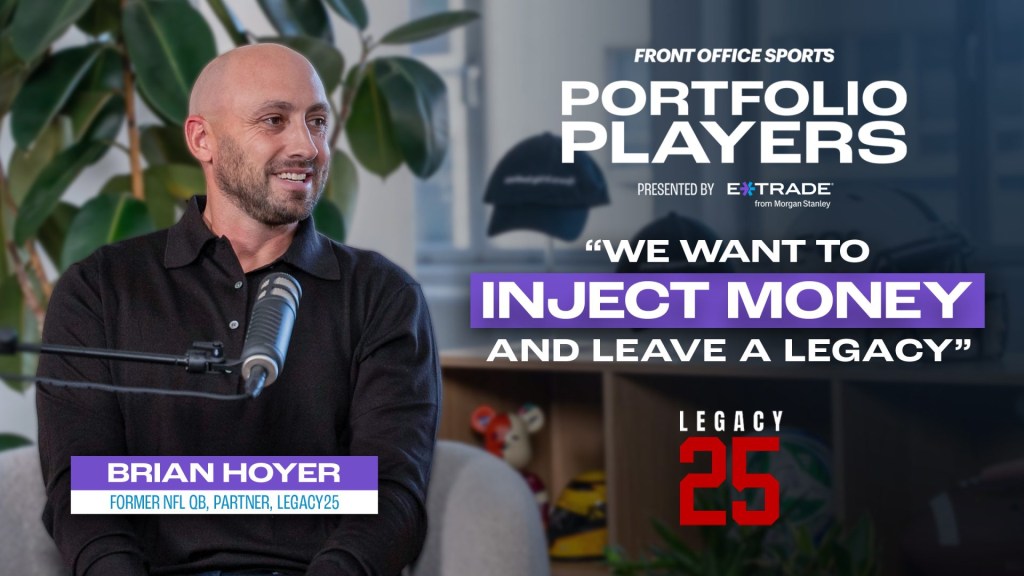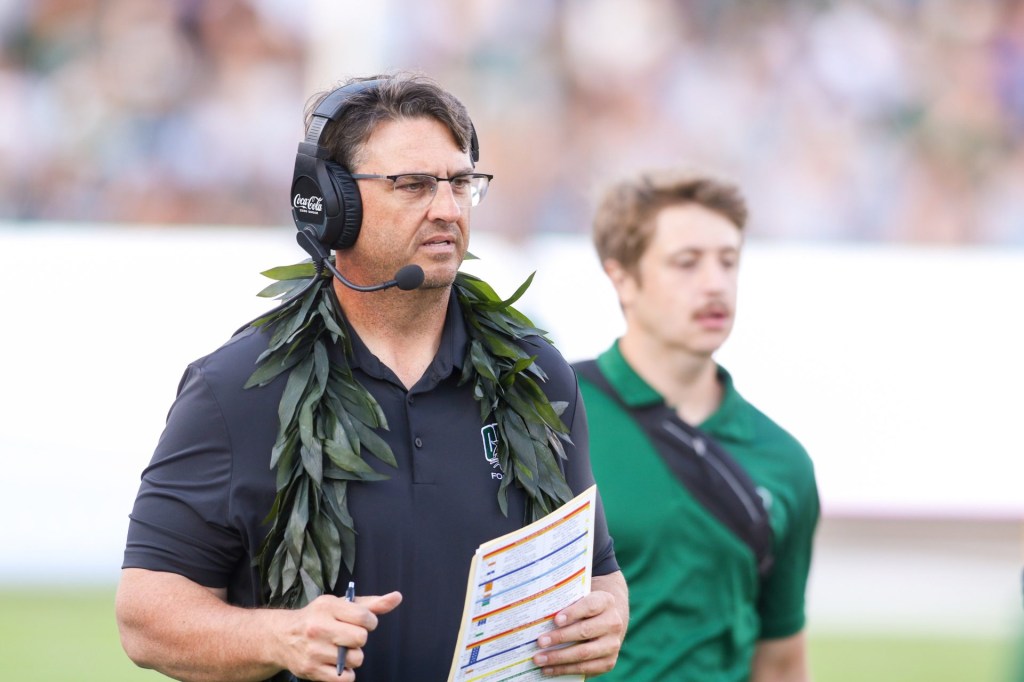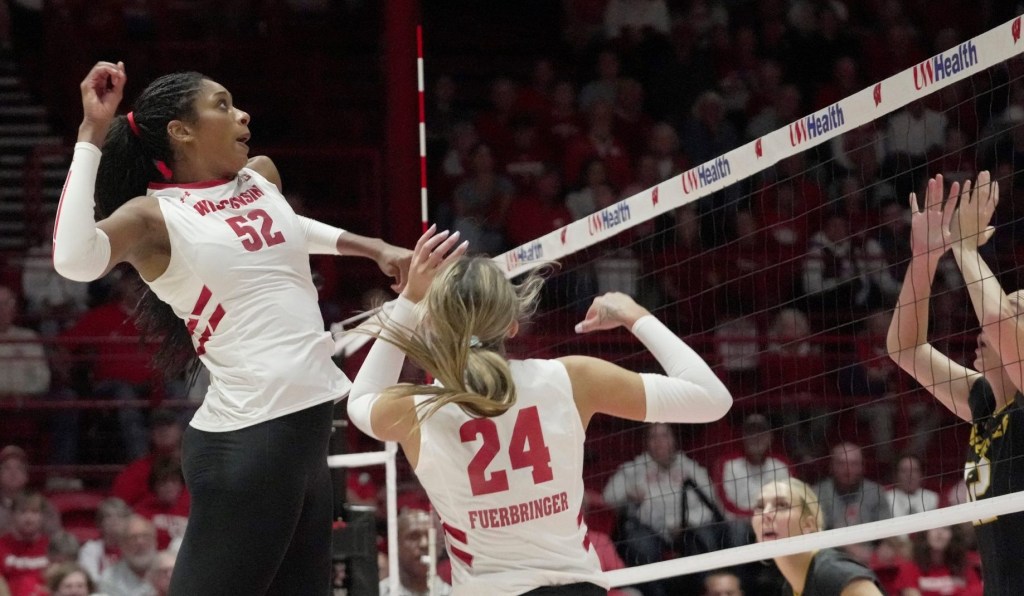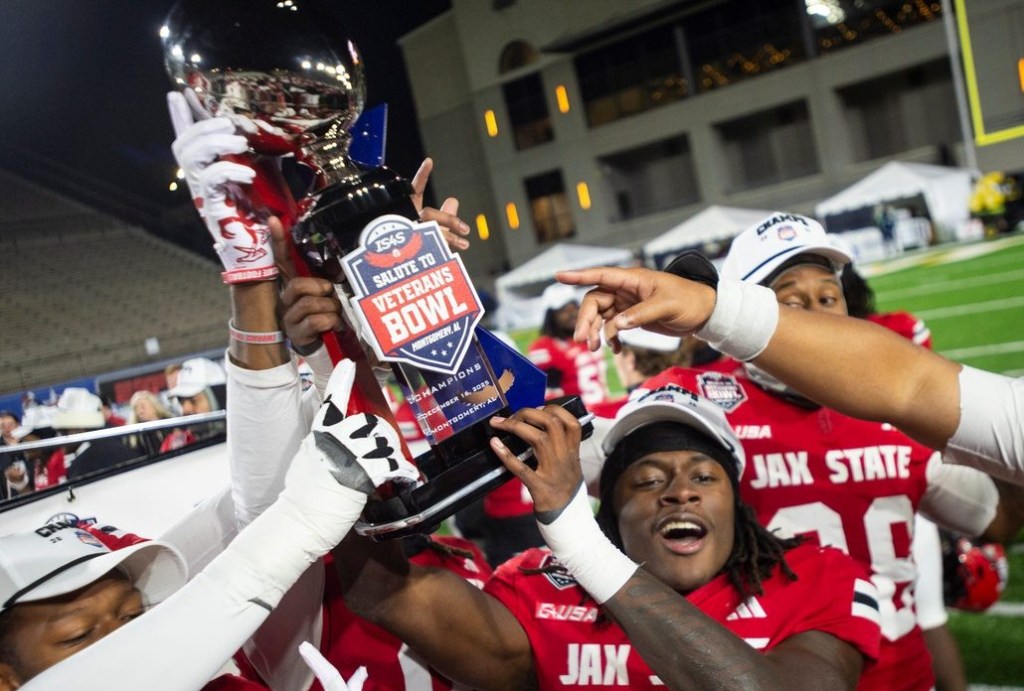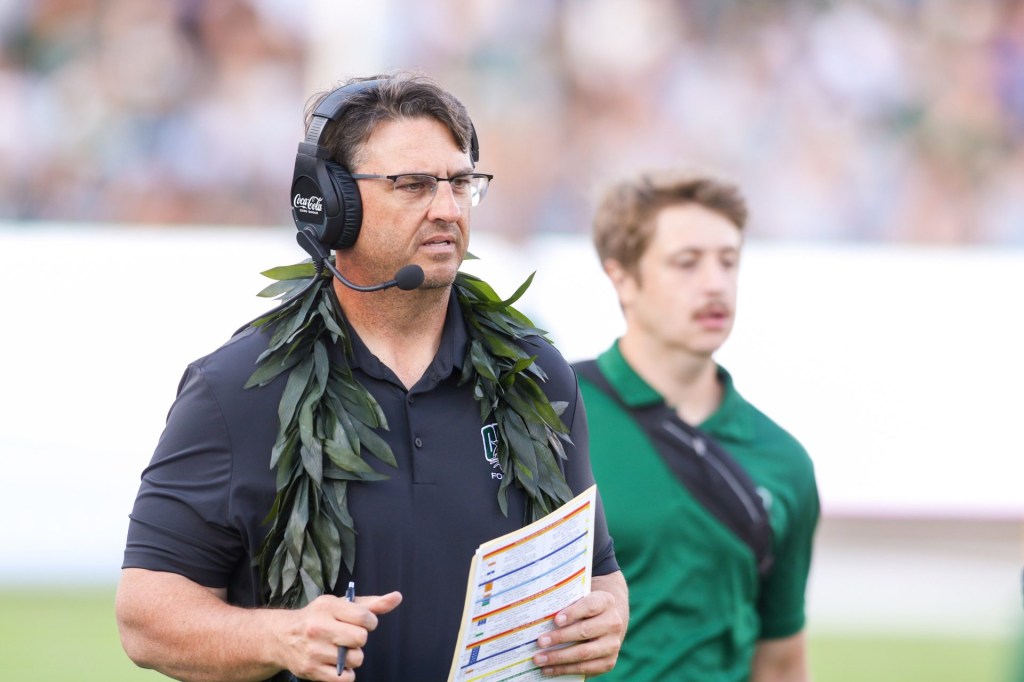SAN ANTONIO — In college sports’ new era of “unrestricted free agency,” the average age of top rosters has gotten older, as transfers make up the core of more and more top programs. Teams can build an entirely new roster in just one year, enticing transfers with the promise of NIL (name, image, and likeness) earnings.
But the Duke Blue Devils have remained old-school—by emphasizing youth. Their roster construction looks more like the pre-NIL/transfer era, when programs could land a top freshman, ride his coattails deep into March, and then send him off to the NBA draft. This season’s roster, the current title favorite, is centered on freshmen and likely one-and-done Cooper Flagg. In fact, the Blue Devils’ starting lineup reportedly boasts the youngest average age (19.4) of any team in the Sweet 16 by two years. (Houston and Florida are 21.6; Auburn is the oldest at 23.2).
It’s an increasingly rare strategy, but they’re still trailblazers in the NIL industry, even if their NIL collective flies somewhat under the radar.
“For this year, we felt very confident that this class we had coming in could impact winning right away,” Duke head coach Jon Scheyer told reporters Thursday. “Next year, I feel we have a group that can do the same.”
At the end of last season, the Blue Devils lost seven players to the transfer portal and two to the NBA. Duke wasn’t the only team forced to rebuild an entire roster in one offseason. But it was, arguably, one of the only elite programs to fill out its roster with freshmen rather than dipping into the portal. (Tyrese Proctor and Caleb Foster returned from the 2023–2024 team.)
Scheyer recruited the No. 1 freshman class this offseason. Led by the top-ranked Flagg, all five players were listed on ESPN’s top-50 rankings. Four of them were the top players in their respective states.
Scheyer described the portal as “supplemental.” The team added only three transfers: Mason Gillis, Maliq Brown, and Sion James. Scheyer explained that when he recruited these players, he was looking for shooting ability and defensive prowess.

That roster composition has floored even some of the most traditional coaches, who, once upon a time, built rosters around the one-and-done era themselves. “It’s very difficult to win with freshmen,” St. John’s coach Rick Pitino said at his AP Coach of the Year award press conference in San Antonio on Friday. “But they’re doing it.” (Pitino built a program using the transfer portal and NIL opportunities—a team that exceeded overall expectations but was knocked out in the round of 32.)
Scheyer acknowledged “it’s foolish to say you have one way of recruiting”—and that, as he experienced last offseason, it’s harder than ever to keep players. But for now, the old-school approach has taken them all the way to San Antonio.
Recruiting has never been an issue for Duke, and it certainly wasn’t going to fall behind in the NIL era—especially in a post–Mike Krzyzewski world.
By the time NIL began in 2021, the Blue Devils had already begun investing heavily in multimedia storytelling and building a strong brand on social media. At the time, Duke men’s basketball creative director David Bradley told Front Office Sports that recruits were interested in the social media pitch as much as they were the on-court pitch. Duke was offering everything from content that players could share on their own platforms to an athletic department studio for media hits.
Just a couple of months after Scheyer took the reins in 2022, he hired former Nike and NBA executive Rachel Baker as the NCAA’s first men’s basketball “general manager,” a position dedicated, in many ways, to helping athletes with the NIL landscape. Since 2022, her position has become ubiquitous across the industry.
It’s unclear just how much Duke relies on NIL collective dollars, however—the booster-funded payments that have powered countless men’s basketball teams from St. John’s to Arkansas. Duke does have collective money, but the team’s high-profile players are in a class of their own. Flagg, for example, has been appearing in TV ads during March Madness media timeouts and rakes in NIL earnings through partnerships with companies like New Balance, Gatorade, and Fanatics—deals that look more like endorsements for professional athletes than pseudo-college salaries. (Flagg’s AT&T commercial, which shows him playing bingo with his grandmother, is Scheyer’s favorite.)
Duke may have a somewhat unique situation, both on and off the court. And while it’s worked so far, Scheyer and the team know they may have to shift their strategies yet again—especially with the potential upcoming revenue-sharing era. “I do think you have to adapt,” Scheyer said. “I don’t think it can be just one way.”
